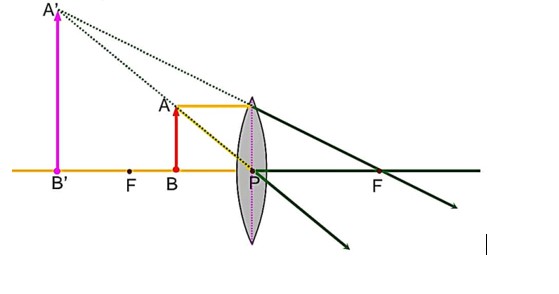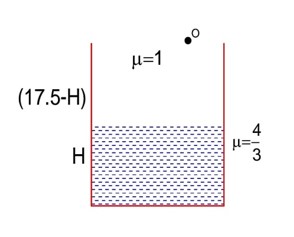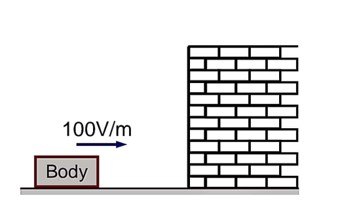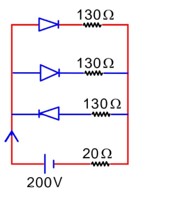Physics Ncert Solutions Class 12th
Get insights from 1.2k questions on Physics Ncert Solutions Class 12th, answered by students, alumni, and experts. You may also ask and answer any question you like about Physics Ncert Solutions Class 12th
Follow Ask QuestionQuestions
Discussions
Active Users
Followers
New answer posted
2 months agoContributor-Level 10
For microscopic lens

Now in second case, this lens acts as objective of compound microscope, so according to question
New answer posted
2 months agoContributor-Level 10
F = qE Þ Electric force acting on the body
->Acceleration of body
New answer posted
2 months agoContributor-Level 10
As observer is at O So height of water observed by observer
given diagram (17.5 - H) is height of observer
7H = 70
H = 10

New answer posted
2 months agoContributor-Level 10
In give diagram Diode 1 and 2 are in forward bias with R = and Diode 3 is reverse bias with R = infinite l1 current is flowing through 20
So current will flow through Diode 1 and 2. As resistance is same applying KCl in ABCD Loop
-100l1 + 200 = 0
l1 = 2
New answer posted
2 months agoContributor-Level 10
Battery is connected while dielectric is inserted so potential difference will be remains same.
Taking an Exam? Selecting a College?
Get authentic answers from experts, students and alumni that you won't find anywhere else
Sign Up on ShikshaOn Shiksha, get access to
- 65k Colleges
- 1.2k Exams
- 686k Reviews
- 1800k Answers


